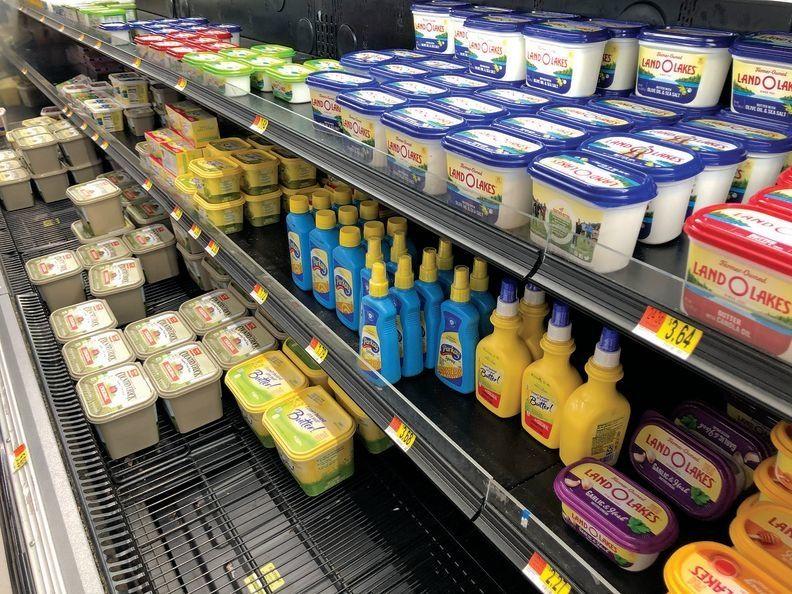How2Recycle, a Sustainable Packaging Coalition program that oversees a recycling identification system that is widely used on packaging, had downgraded PP to “check locally” in labeling for consumers in January 2020.
But the Polypropylene Recycling Coalition of The Recycling Partnership reported July 28 that efforts to increase accessibility to PP recycling have restored PP’s previous status.
The Polypropylene Recycling Coalition was created in July 2020 following the downgrade to “check locally” and has awarded $6.7 million through 24 grants during the past two years to improve collection efforts.
Those grants, the coalition reported, will improve curbside assess to PP recycling by about 8 percent of U.S. households covering more than 20 million people. The group estimates the increase in accessibility will collect an additional 25 million pounds of PP.
“Achieving success for challenged materials is not a narrative often heard in our industry. It was a mere two years ago when we acknowledged the challenges polypropylene recycling was facing and its uncertain future,” said Keefe Harrison, CEO of The Recycling Partnership, in a statement.
“In forming the Polypropylene Recycling Coalition, we committed to leaning in and taking action in support of the material, to push ourselves and the industry to a more circular future,” she said.
FTC guidelines warn companies not to overreach in their recyclability claims.
“Marketers should qualify recyclable claims when recycling facilities are not available to at least 60 percent of the consumers or communities where a product is sold,” the agency states. “The lower the level of access to appropriate facilities, the more a marketer should emphasize the limited availability of recycling for the product.”
Using data from both the Sustainable Packaging Coalition and The Recycling Partnership, access is now determined to be 65 percent, the groups said. The accessibility improvement is due “to the catalytic work of the coalition as well as industry investment and increased recognition of the value of PP as a recycled commodity,” the groups said in a statement.
That estimate, while qualifying for “widely recycled” designation, still means 35 percent of the country lacks accessibility to PP recycling.
A 2020-21 study by the coalition put the recycling access rate for PP rigid containers at 59 percent.
The Recycling Partnership, a nonprofit group, aims to increase the recycling rate of various materials, not just plastics. The Sustainable Packaging Coalition, a part of nonprofit GreenBlue, works to promote the use of sustainable materials.
“While this win should be recognized, it is important to note that this is not the end of the road; the entire value chain should continue to invest in improving the recyclability of all materials and packaging formats,” Cox said.
Data from The Recycling Partnership suggests that single-family homes produce as much as 17 pounds of polypropylene annually.
Environmental group Greenpeace USA claimed the “widely recycled” designation is actually greenwashing.
“Being able to put something in a recycling bin is not the same as recycling. Many cities allow people to put things in bins that are not locally recyclable,” Greenpeace USA Oceans Campaign Director John Hocevar in a statement. “Pretending that polypropylene No. 5 plastics like yogurt cups are widely recyclable only drives down the effectiveness of recycling materials like aluminum and paper.
“Misleading the public about the recyclability of throwaway plastic packaging means that more of our waste will be exported to poor countries. It also deflects attention from real solutions to the plastic pollution crisis.


